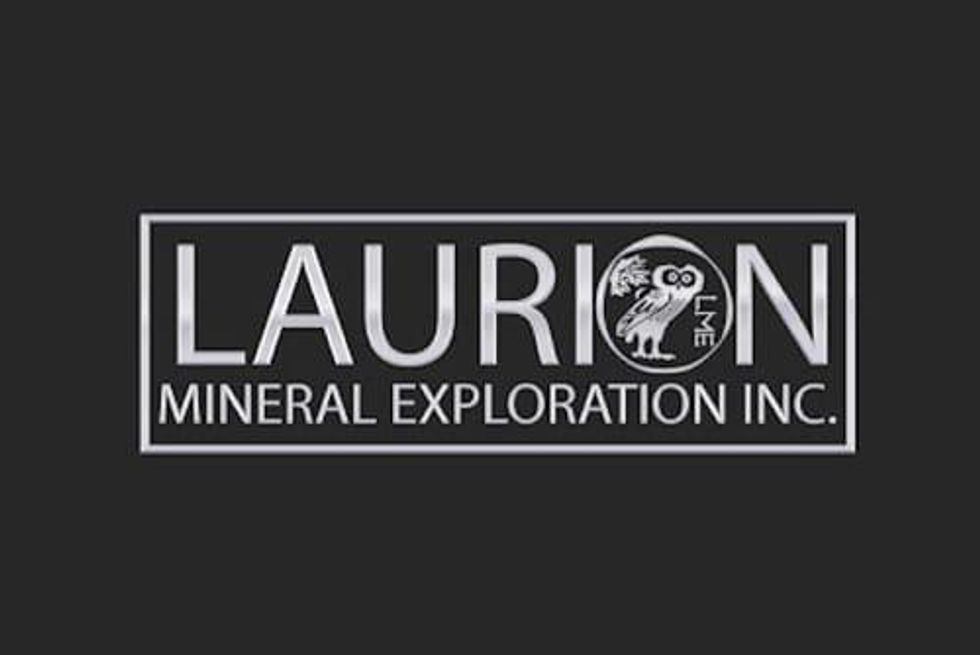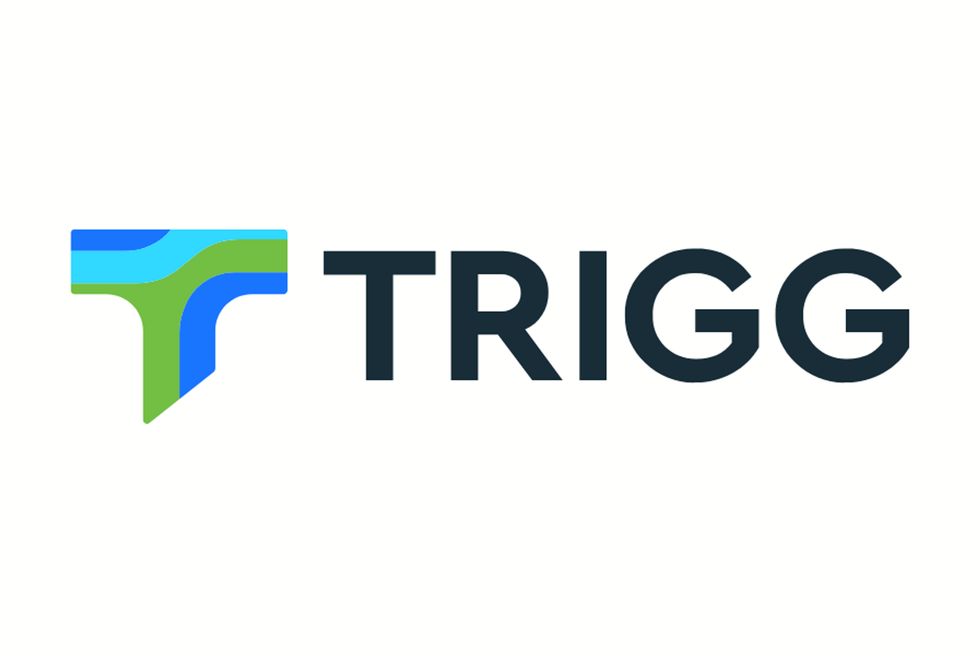How Metals Investors Can Benefit from the Shift to a Green Economy
“(There has to be a) huge expansion in many of the critical metals to actually decarbonize the global economy,” said Patricia Mohr of Capitalight Research.

As the world increasingly adapts to electrification for decarbonization, it is important for investors to understand how to position their portfolios for maximum benefit.
Whether it’s fortifying against uncertainty with gold and silver, or diversifying with sought-after battery and critical metals, understanding the role the mining sector plays in reducing carbon emissions is vital.
For example, the electrification economy, which is only one segment of the broader decarbonization sector, requires significant increases in the production of an array of diverse metals.
“(There has to be a) huge expansion in many of the critical metals to actually decarbonize the global economy,” said Patricia Mohr, economist and commodity market specialist editor for Critical Metals for a Sustainable World, a monthly newsletter from Capitalight Research.
Mohr went on to note that governments that represent a combined 70 percent of the world's GDP have all committed to meeting net-zero carbon emissions by the year 2050.
“That is going to take a great deal of shift, a big shift in the motor vehicle sector away from traditional internal combustion engines to the electric vehicle, as well as a lot of development of renewable energy, particularly wind and solar, which over time are going to displace coal,” Mohr told the Investing News Network (INN).
For investors looking to capitalize on the growing green shift by gaining exposure to the metals needed for electric vehicles and solar energy, Mohr suggested looking to North America. “Increasingly, there will be a lot of both Canadian and American companies involved in critical minerals such as lithium, and some of the key rare earths that are used in the drivetrains for electric vehicles and in wind turbines,” she said.
She believes there will be much opportunity throughout the sector, and referenced a new index.
“There will be a lot of companies to invest in for the critical metals space,” Mohr said. “I noticed just recently the Toronto Stock Exchange has a new index of critical metals companies that they have developed (the S&P/TSX Battery Metals Index) … I think you might be able to get some ideas for some good investments by taking a look at the composition of that index, and also following its performance.”
For Mohr, who has worked in the economics and commodities sectors for decades, the sharp rise in metals values in recent years is one of the most significant changes she has seen in the market over her career.
“We've seen some tremendous commodity price increases for some key metals like lithium, rare earths and nickel, and also metals such as uranium — a big rejuvenation in uranium prices.”
As demand for these metals continues to push values higher, the companies that discover, mine and produce them are also likely to benefit. “I do think that usually, when you take a look at actual equity performance for mining companies, it depends mostly on the commodity market performance,” Mohr said. “We've definitely seen huge gains in commodity prices.”
Gold’s role in the green economy
In addition to the aforementioned metals that are needed to build, power and sustain the green economy, gold also continues to play an important function in the markets and in investors' portfolios.
Well known for its status as a hedge against inflation and a store of wealth, the yellow metal has proven its ability to anchor amid uncertainty in recent months.
As Terry Heymann, chief financial officer at the World Gold Council, explained, gold may not be needed in the same quantities as lithium, cobalt and copper, but it does have a position in the move to decarbonization.
“Where gold is going to play a really important role is as investors increasingly think about how to make their portfolios resilient in the face of climate risk, and the huge volatility we're likely to see in future years from changing sea levels and increased extreme weather events,” he told INN, noting that governmental responses will also be impactful. Heymann continued, “We are going to see lots of repricing of different asset classes.”
Have economic challenges impacted environmental gains?
Although commodities prices have made historic bull runs recently, markets have been battered by lingering supply chain challenges, the impact of the Russia/Ukraine war and economic instability.
While that landscape has made the global green transition more challenging, Heymann believes gold-mining companies are still committed to adapting quickly. “We are in a high inflationary environment at the moment, and that makes lots of business planning decisions difficult,” he said.
The chief financial officer went on to point out that making the green switch is both environmentally responsible and economical for miners, even though it may be challenging.
“There's no question everybody is looking at energy efficiency, for the very simple reason of it's the cost-effective thing to do,” he said. “I mean, just look at the price of oil at the moment. All the other input costs (will) force companies to think about where they spend and (if there are) opportunities to save in order to be able to deliver value for the shareholders and communities for everybody involved in the mining sector.”
For Mohr, the war and the instability it has created in the energy sector will serve as catalysts for the green switch as more consumers look to escape rising gasoline costs through electric vehicle purchases.
“Interestingly, electricity use in an electric vehicle isn't very big,” Mohr said. “Even if you live in an area where the cost of electricity is fairly high, you can still make that transition from gasoline to electricity. And from an operations point of view, your cost of mobility is going to be less.”
Other metals to consider as the world goes green
As companies look to increase their energy efficiency, investors should also look at what they are doing to ensure their processes become more environmentally friendly. This may mean the types of deposits they are targeting, or what jurisdictions they are working in.
For Mohr, this is especially true of the rapidly growing nickel sector.
“I'm very optimistic about the outlook for what the industry would call nickel-rich batteries, which use a lot of nickel,” she said. “I think the Canadian mining industry has some project development opportunities.”
The economist and commodity market specialist explained that Canadian nickel deposits are different both in terms of composition and production.
“The thing that gives the Canadian projects a competitive advantage is the fact that many of the deposits in Canada are sulfide deposits, where the processing will involve less CO2 emissions than in places like Indonesia, where they have mostly laterite ore, which takes a lot more energy to produce,'' she said. “And in Indonesia, unlike Canada, they don't have a lot of very green, low-carbon hydro power to use. They use mostly coal-based power.”
Scope 1, 2 and 3 emissions are another set of factors investors can consider when looking at mining investments. These criteria are used to categorize greenhouse gas (GHG) emissions and target areas for reduction.
Scope 1 refers to GHG emissions that a company makes directly, while Scope 2 applies to the emissions it makes indirectly, such as from the electricity or energy it buys for heating and cooling.
Lastly, Scope 3 entails emissions associated, not with the company itself, but that the organization is indirectly responsible for, up and down its value chain.
For the World Gold Council's Heymann, the gold sector offers an opportunity to those focused on scope.
“One of the things that makes gold stand out from other mine products is the Scope 3 emissions are very low for gold,” he said. “So once you actually produce the bar of gold, incremental emissions are almost negligible in the scope of the overall gold supply chain."
Gold’s biggest challenge in its push towards decarbonization will be reducing its Scope 1 emissions, something Heymann already sees happening with large solar installations being erected near mining projects.
“If you can decarbonize at the mine site, you essentially decarbonize the entirety of the gold sector, which is a great position to be in,” he said.
Don't forget to follow us @INN_Resource for real-time updates!
Securities Disclosure: I, Georgia Williams, hold no direct investment interest in any company mentioned in this article.
Editorial Disclosure: The Investing News Network does not guarantee the accuracy or thoroughness of the information reported in the interviews it conducts. The opinions expressed in these interviews do not reflect the opinions of the Investing News Network and do not constitute investment advice. All readers are encouraged to perform their own due diligence.
- 3 Ways to Invest in Gold for Retirement | INN ›
- A Guide to Physical Gold as an Investment ›
- Copper's Key Role in Europe's Green Energy Plans | INN ›






